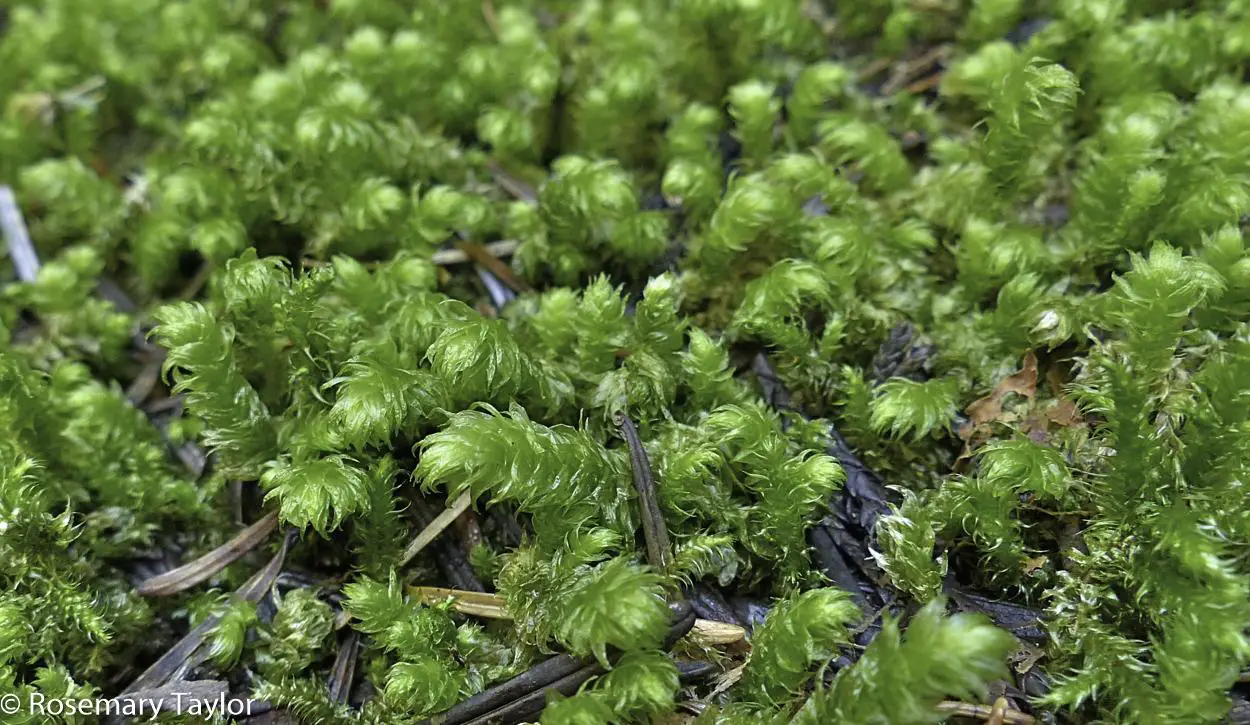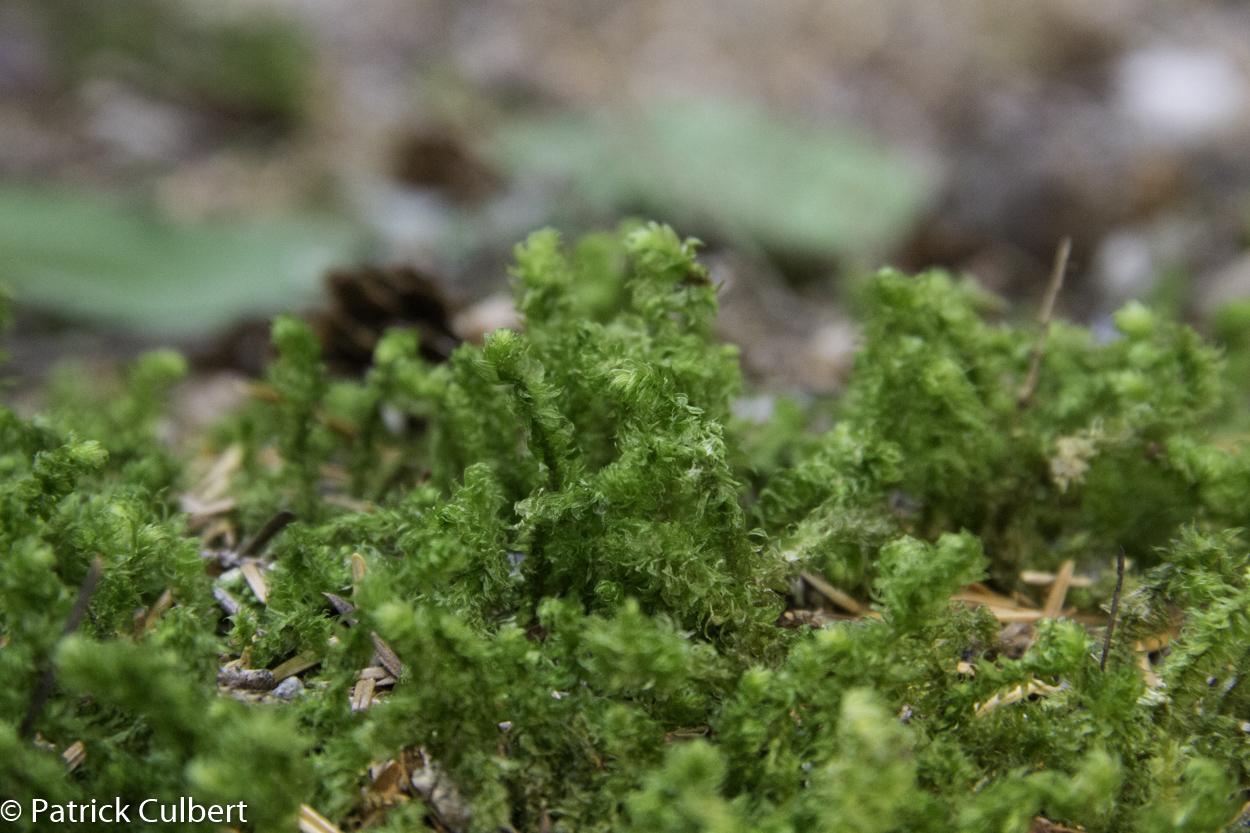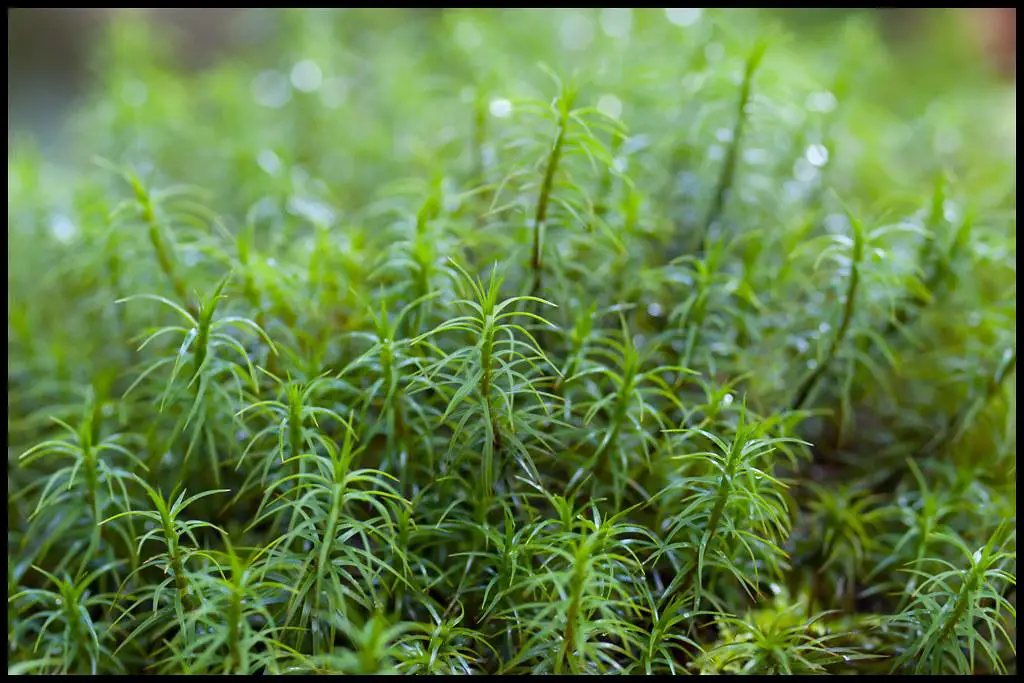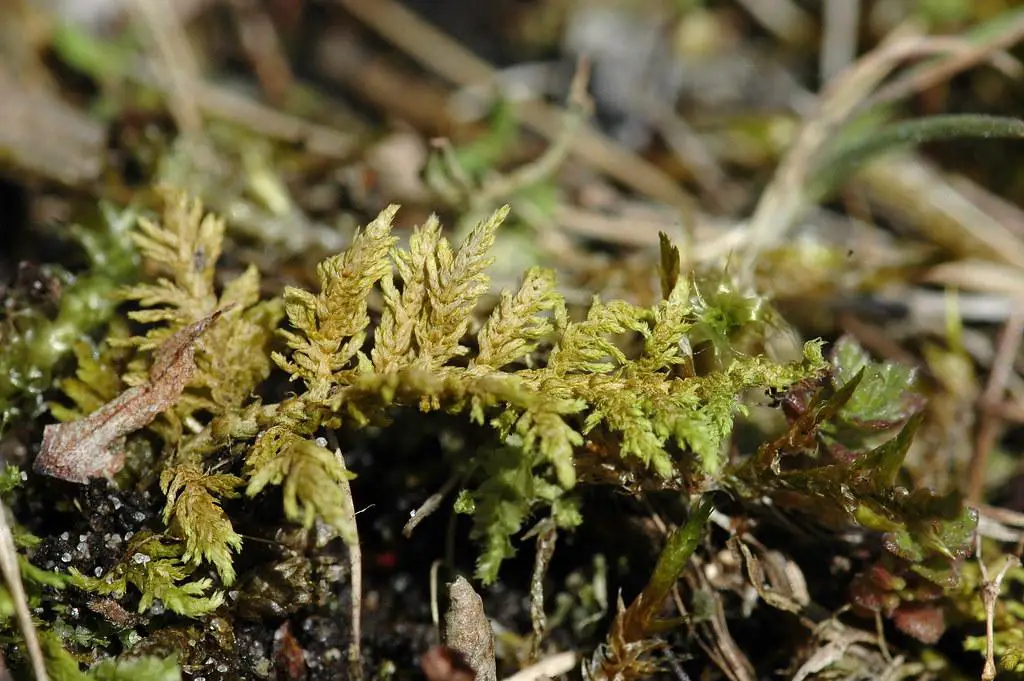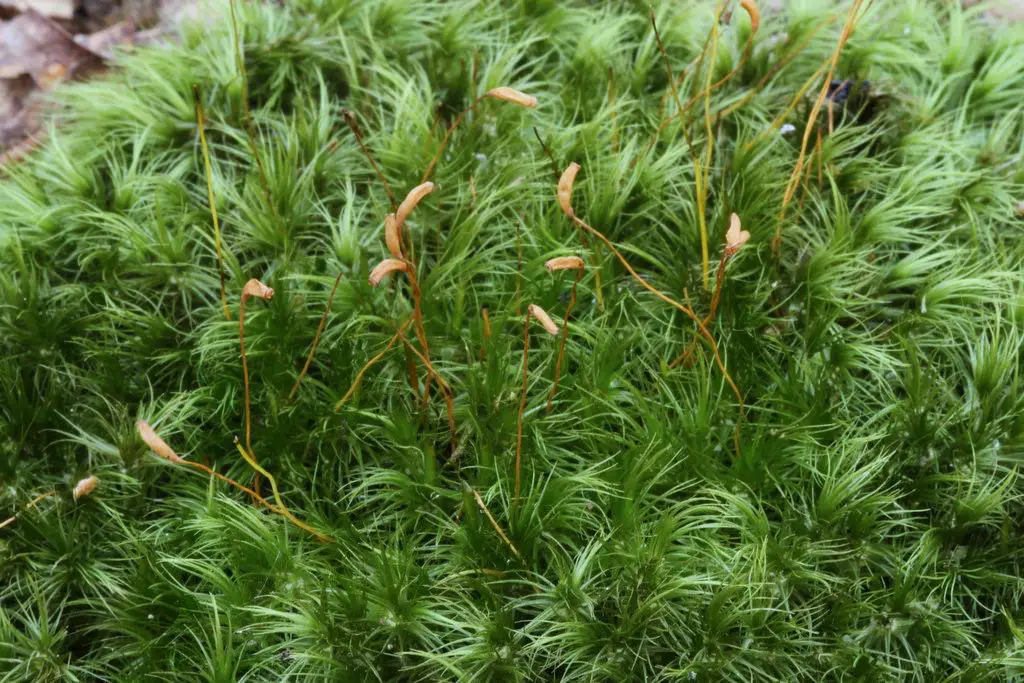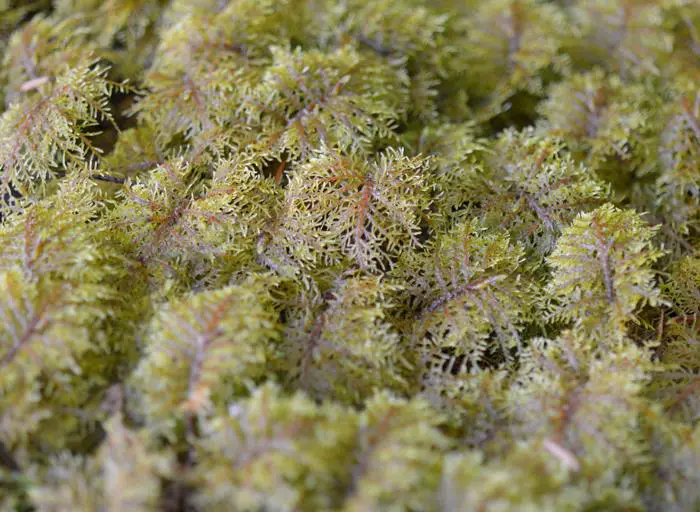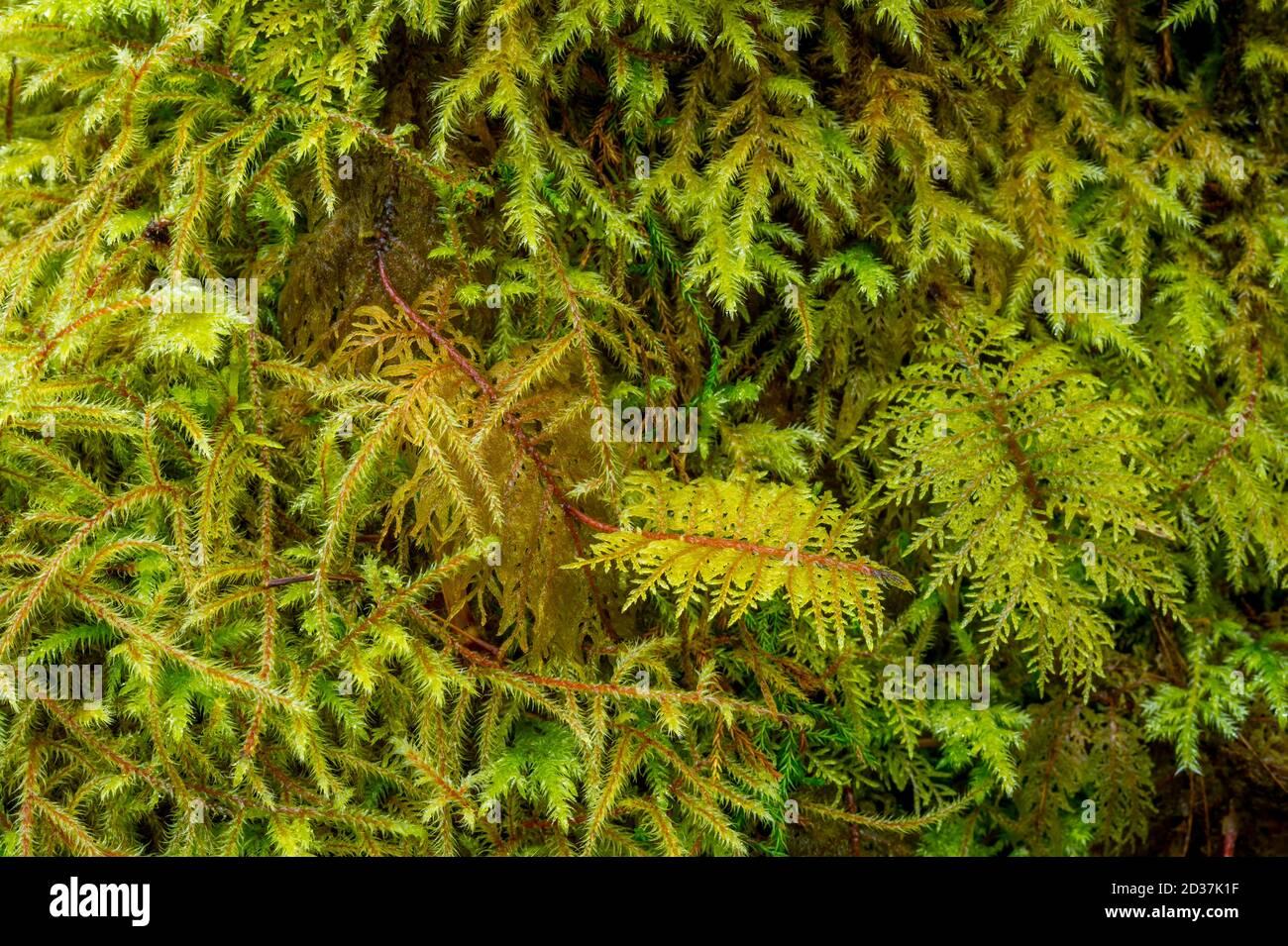Sclerohypnum littorale: The Coastal Moss with Unique Adaptations
Affiliate Disclaimer: As an affiliate, we may earn a small commission when you make a purchase from any of the links on this page at no additional cost to you!
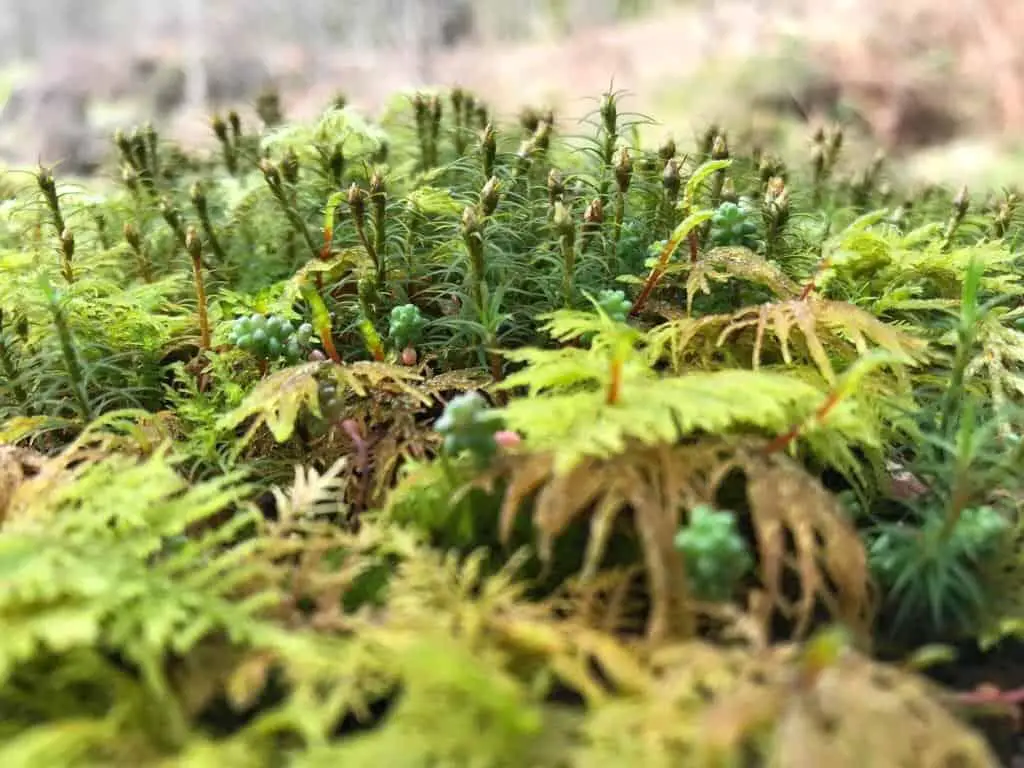
moss_with_microscopes1.jpg from: https://www.field-studies-council.org/shop/courses/identifying-mosses-and-liverworts-mmu/
Sclerohypnum littorale: The Fascinating Moss of Coastal Habitats
Introduction
When it comes to the world of bryophytes, there are countless fascinating species to discover. One particularly intriguing moss is Sclerohypnum littorale (Hampe) B.C.Tan, a member of the Hypnaceae family. Also known simply as Sclerohypnum, this moss has some unique characteristics that make it stand out. In this blog post, we’ll dive into the details of Sclerohypnum littorale and explore what makes it so special.
Background on Sclerohypnum littorale
Sclerohypnum littorale is classified under the Bryophyta division and Bryopsida class. It was first described by German botanist Georg Ernst Ludwig Hampe in 1870 under the name Hypnum littorale. In 2007, it was transferred to the genus Sclerohypnum by Benito C. Tan.
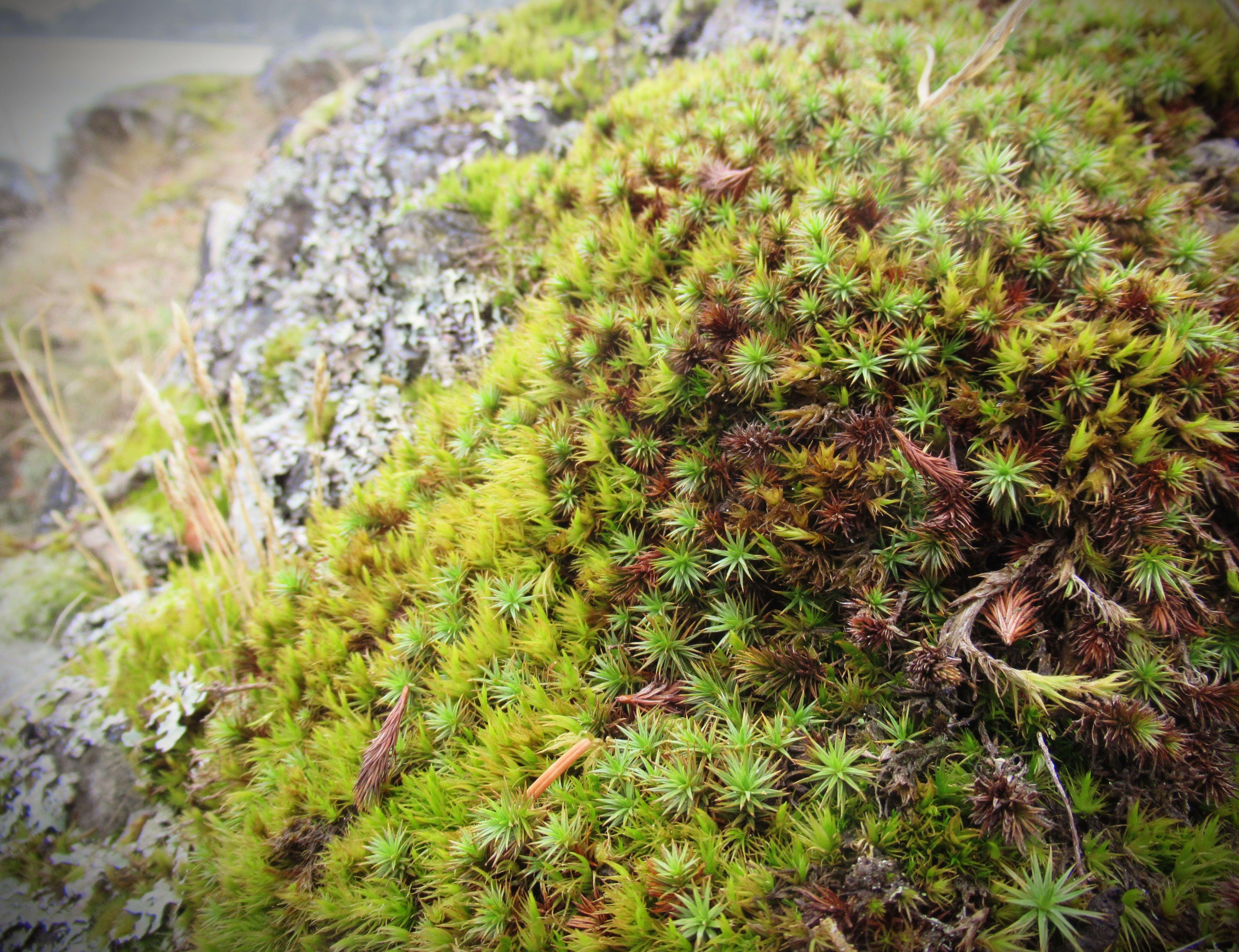
c949facb285f5a8b98d14d811fdaf02d.jpg from: https://www.pinterest.ca/pin/coastal-moss–244390717267108363/
This moss is primarily found in coastal habitats, often growing on rocks or tree bases near the ocean. It has a widespread global distribution, being found on coastlines in Europe, Asia, Africa, Australia, and the Americas.
Morphology and Identification
One of the key identifying features of Sclerohypnum littorale is its pinnately branched stems. The stems are typically prostrate to ascending, reaching lengths of 2-5 cm. The leaves are ovate-lanceolate in shape, measuring 1-2 mm long, and have a short, double costa (midrib).
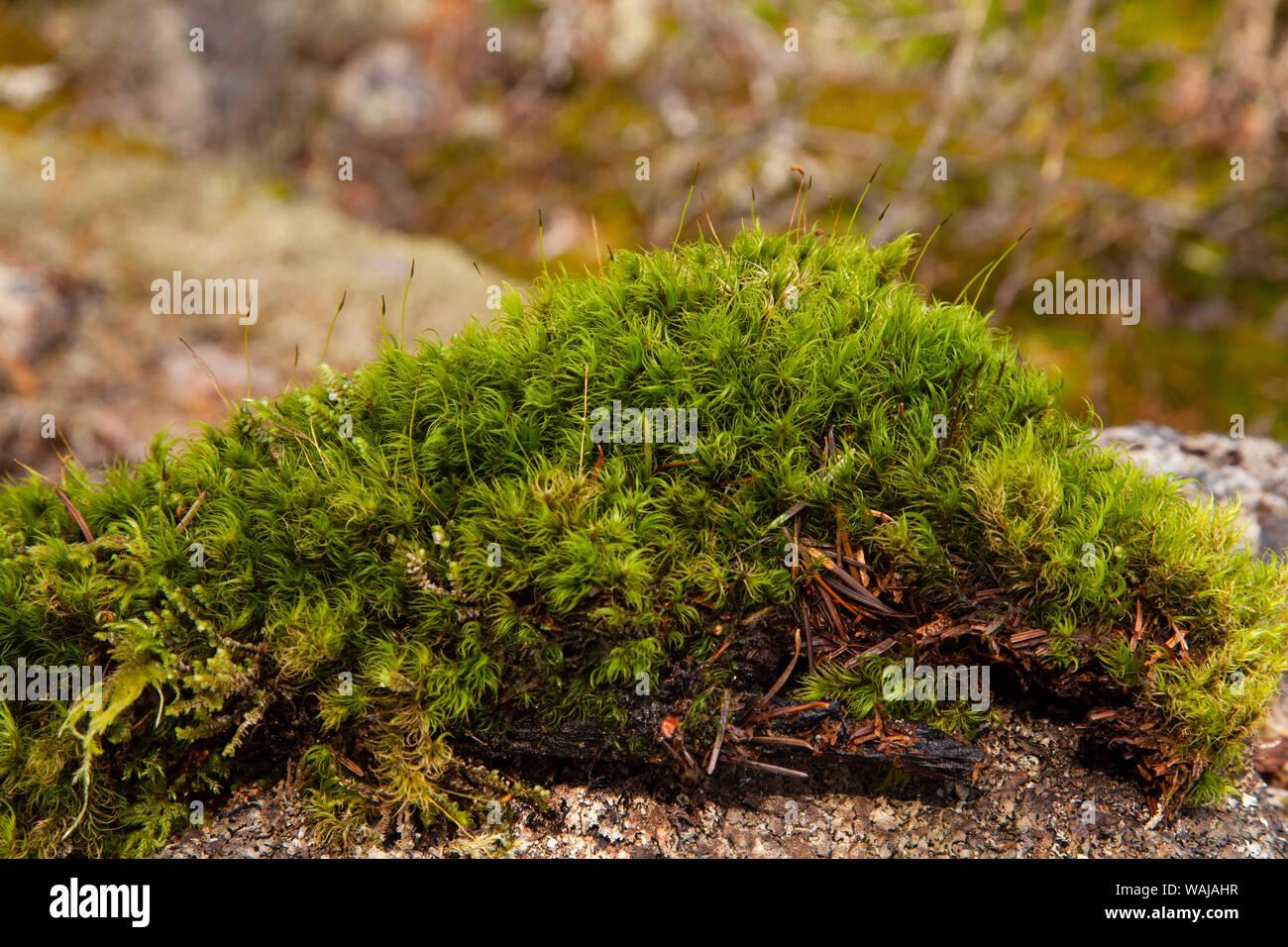
close-up-clump-of-moss-in-squamish-british-columbia-canada-WAJAHR.jpg from: https://www.alamy.com/stock-photo/clump-of-moss.html
Under a microscope, the leaf cells of S. littorale are notably linear-rhomboidal in shape. The alar cells (cells at the base corners of the leaves) are quadrate to short-rectangular.
Sclerohypnum littorale is dioicous, meaning male and female reproductive structures are on separate plants. Sporophytes (spore-producing structures) are rare, but when present, the seta (stalk) is smooth and the capsules are inclined to horizontal.
Global Distribution and Habitat
As mentioned, Sclerohypnum littorale has a widespread global distribution in coastal areas. Some specific locations where it has been recorded include:
- Coastal regions of Europe, including the British Isles, France, Spain, Italy, and Scandinavia
pipecleaner_moss-5.jpg from: https://blogs.ubc.ca/coastal-plants/plants-of-bc/
- East Asian countries like Japan, Korea, and China
- Coastal areas of South Africa and Madagascar
- Australia and New Zealand
- North American Pacific coast from Alaska to California
- South American countries like Chile and Argentina
This moss typically grows in the supralittoral zone, the area just above the high tide line that receives sea spray. It often forms mats on coastal rocks, boulders, tree bases, and sometimes on soil or sand. Sclerohypnum littorale can tolerate periodic salt spray and inundation, showcasing its adaptation to harsh coastal conditions.
Ecological Roles and Adaptations
Like other mosses, Sclerohypnum littorale plays important ecological roles in coastal ecosystems:
pipecleaner_moss-2.jpg from: https://blogs.ubc.ca/coastal-plants/plants-of-bc/entry/74/
Erosion control: The dense mats formed by S. littorale help stabilize rocks and soil, preventing erosion from waves and wind.
Moisture retention: Mosses act like sponges, absorbing and retaining water. This helps maintain moisture in the microhabitats where they grow.
Providing habitat: The mats of S. littorale serve as micro-habitats for various invertebrates and other small organisms in the coastal environment.
5634057607_812213a3cc_b.jpg from: http://www.flickr.com/photos/ericflexyourhead/5634057607/in/photostream/lightbox/
3654584539_a06b3da0ac_b.jpg from: https://www.flickr.com/photos/21933510@N07/3654584539/
Pioneer species: As a hardy moss able to grow in challenging conditions, S. littorale acts as a pioneer species, being among the first to colonize bare rocks and boulders in the supralittoral zone.
jim__stasz_16284787741_d282e72894_b.jpg from: https://www.marylandbiodiversity.com/viewSpecies.php?species=10849
To survive in the harsh coastal environment, Sclerohypnum littorale has several adaptations:
hylocomium.jpg from: https://blogs.ubc.ca/salmonberry/walkin-in-the-woods-2/
Salt tolerance: This moss can withstand periodic inundation by saltwater and exposure to salt spray. It likely has physiological mechanisms to regulate its internal salt concentrations.
close-up-of-moss-hylocomnium-splenden-and-rhytidiadelphus-loreus-in-the-hoh-river-rainforest-olympic-national-park-washington-state-united-states-2D37K1F.jpg from: https://www.alamy.com/stock-photo/moss-hylocomnium-splenden.html
Desiccation tolerance: Like many mosses, S. littorale can survive periods of drying out. When moisture is available again, it quickly rehydrates and resumes growth.
Clinging rhizoids: The rhizoids (root-like structures) of this moss allow it to firmly attach to rock surfaces and withstand wave action.
Protective pigments: Some bryophytes produce protective pigments to shield against UV radiation and other stressors. The reddish coloration sometimes seen in S. littorale may serve this purpose.
Conclusion
Sclerohypnum littorale is a prime example of the incredible diversity and adaptability found in the world of mosses. From its global coastal distribution to its unique morphology and ecological roles, this species showcases the fascinating ways in which bryophytes have evolved to thrive in challenging environments.
The next time you find yourself exploring a rocky coastline, take a closer look – you might just spot the tiny but mighty Sclerohypnum littorale, quietly doing its part to shape the ecosystem. And if you do, take a moment to appreciate the incredible resilience and beauty of this unassuming moss. After all, in the world of bryophytes, even the smallest species can have a big impact.

